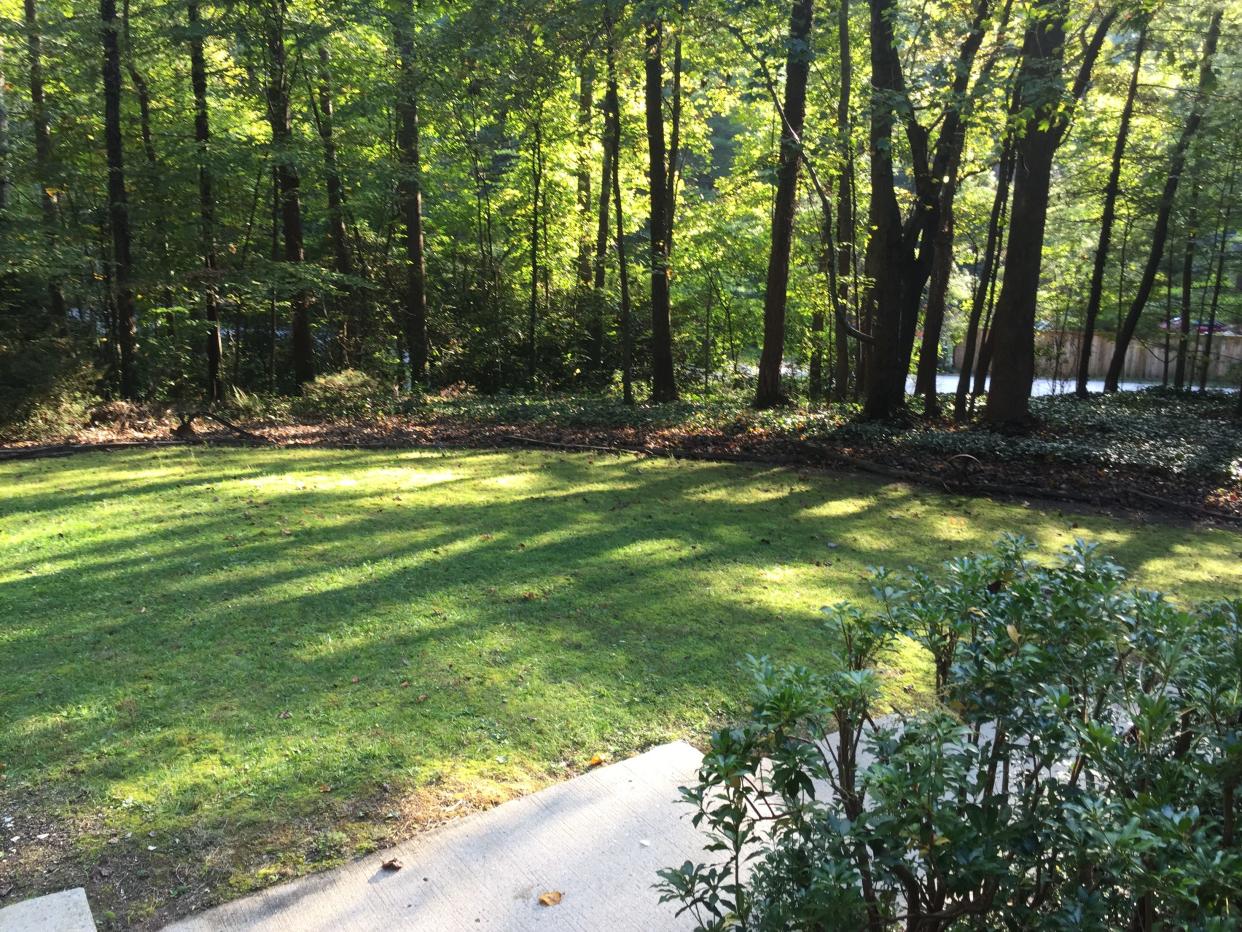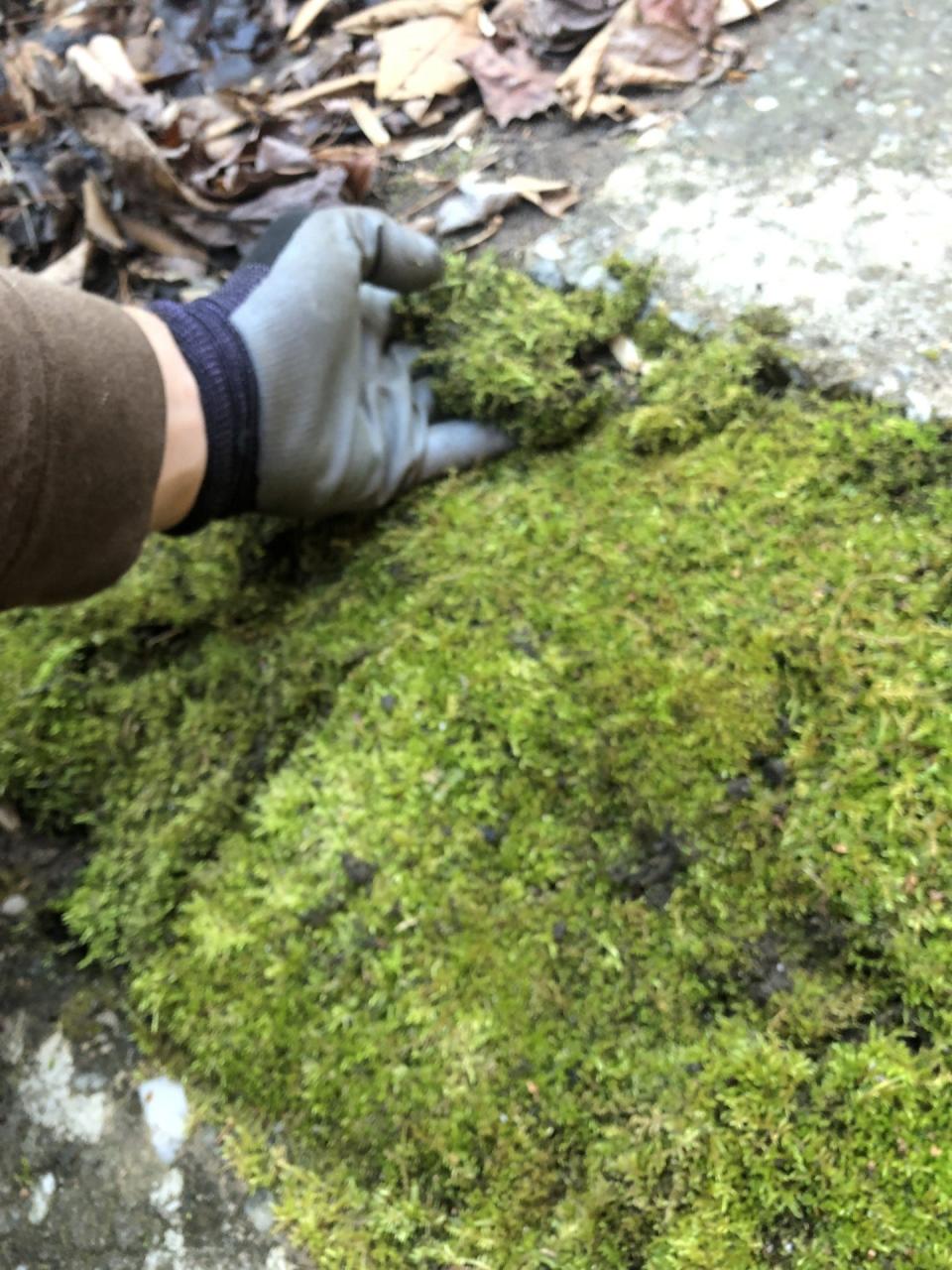Embrace the beauty of this 'fuss-free' lawn cover in Wilmington

A friend is buying a new house, and he mentioned the idea of turning his lawn into a moss haven. Now, this friend of mine is known for some off-the-wall ideas, but it got me thinking – especially considering my ongoing turfgrass struggle. I've tried throwing money (chemicals) and love at it, but it just refuses to be the lawn of my dreams. Why? Well, because it loves basking in the sun and, like us, it needs to stay well-hydrated. Unfortunately, I have minimal irrigation and a virtual forest surrounding my yard, creating an abundance of shade.
In a world where flowers and shrubs usually steal the spotlight, here's a secret gem waiting to be uncovered – the captivating universe of moss gardens and lawns. Moss might not be the MVP of landscaping, but it's gaining popularity for being resilient, tough, and eco-friendly, especially in Zone 8B, where the climate can be both humid and challenging. Embracing moss as a focal point in your garden can be a game-changer, as long as your lawn doesn't receive full afternoon sun.

Moss is a member of the non-flowering plant group called bryophytes that reproduces by spore production. Often overlooked, moss possesses undeniable beauty. Its lush, velvety carpet can transform any garden into a serene and magical space. Unlike traditional plants, moss doesn't have roots but rather root-like structures, making it an ideal ground cover that hugs the contours of your landscape.
Moss excels in shaded areas, making it an excellent choice for gardens with mature trees that provide filtered sunlight. Additionally, moss is drought-tolerant, requiring minimal watering once established, which makes it well-suited for our often unpredictable rainfall.
If you're ready to incorporate moss into your landscape, you need to pick the right moss for your garden – there are thousands of species worldwide, and several varieties thrive in this region, including Ravenel's fissidens moss (Fissidens elegans), Barbula moss (Barbula indica), and Muhlenberg's weissia moss (Weissia muhlenbergiana). Also, consider incorporating rocks, logs, or other hardscape elements to add texture and interest to your mossy haven.
Prepare the soil by ensuring it is well-draining and slightly acidic, mimicking the conditions moss naturally prefers. You can transplant moss or encourage it to grow from spores, depending on your preference. Additionally, mist the area occasionally to promote growth, especially during dry spells.
One of the most appealing aspects of moss gardens is their low-maintenance nature. Once established, moss requires minimal care, making it an excellent choice for busy gardeners or those looking to create a fuss-free, yet visually striking, outdoor space. Embrace the allure of moss and transform your garden into a unique, resilient, and eco-friendly oasis that defies the norm.
Angie Pearsall serves as a program assistant at the NC Cooperative Extension – New Hanover County Center and Arboretum. The gardens are free and open daily from 8 a.m.-5 p.m. including Christmas and New Year’s Day. Pearsall can be reached at 910-798-7660 or apearsa@ncsu.edu.
This article originally appeared on Wilmington StarNews: How moss grows in Wilmington, NC gardens

